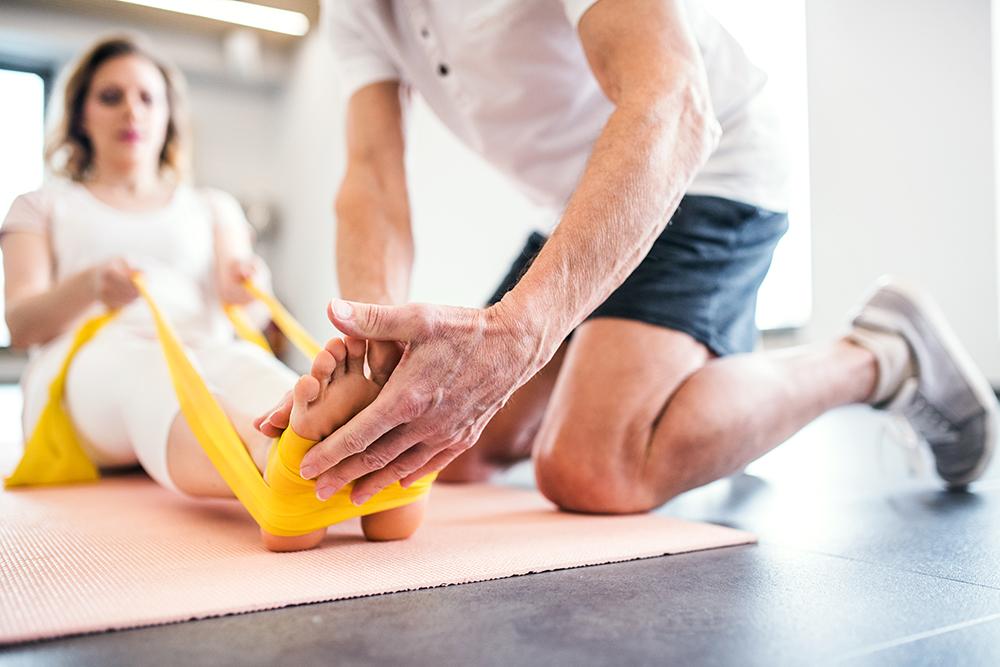In most cases a neurologic disease or injury occurs suddenly and without warning. The impact can be sharp and wide reaching and few people are prepared for the aftereffects. Recovery and management of such diseases and injuries can be daunting if you do not know what to expect. Many people experience needs or issues that they are unfamiliar with and often are not aware of the various resources and providers available to help them with their needs. Below is a list of resources and community partners you may be able to access where you live to support your recovery and improve your quality of life. By no means is this list exhaustive and we would recommend reaching out to some of the people in your immediate community for more specific guidance.
During Hospitalization
Nurse case managers and social workers can often be accessed in a hospital or rehabilitation setting to help organize post-acute care and advise you on resources to support you in your community
Post-Acute Care
Several levels of rehabilitation are available to support you in returning to your home and prior level of function. If you can tolerate 3 hours of therapy per day (speech therapy, occupational therapy and/or physical therapy) you may qualify for a stay at an intensive inpatient rehabilitation facility in your area. If you do not meet the qualifications for inpatient rehabilitation or have finished your stay there but are not ready to return home you may be transferred to a skilled nursing facility where you will continue to receive some therapy services and also any continued medical care. Once safe to return home you have two options for rehabilitation: home health therapy and outpatient therapies. Which program is right for you depends on many factors but those who can leave the home without difficulty may not qualify for services in the home
Transportation Services
Several options exist to help transport you to appointments and other important places and likely vary depending on where you live. You may qualify for subsidized transportation through local services like Dial-A-Ride or others like it. Your insurance company may also be able to connect you with a free or low cost ride service based on your needs. Community-based services such as Uber or Lyft may be an option for those that can transfer in and out of a car relatively easily and are safe to travel and navigate this system alone.
Return to Driving
Determining when it is safe and appropriate to return to driving is a question that many people face. Driving is a highly skilled activity that requires high level physical and cognitive abilities and has the potential to injure the drivers and others around him/her if undertaken inappropriately. There may be several resources in your area that can assist in determining readiness to drive. The first step is to speak with your physician and gain clearance from them. You may also need to reach out to your local Department of Motor Vehicles for re-licensing or testing. Local Occupational Therapist facilities may have formal return-to-driving assessment programs that can assess various aspects of driving or there may be local companies who specialize in driving assessment and training after injury or illness.
Another consideration is adaptation to the traditional driving mechanisms. Most cars can be adapted with hand controls or other modifications for those that cannot use their hands or legs to drive in the traditional way. Wheelchair accessible vans are also an option for wheelchair users and may be fitted with ramps or options to drive from the wheelchair itself. Search the internet for adaptive driving companies locally or ask your physical or occupational therapist for a recommendation.
Home Modifications
Often times after a neurologic injury or event individuals may require adaptive equipment and home modifications. A great first step is to ask your rehabilitation team to recommend equipment that may be beneficial for you and your family. Local medical supply stores and even amazon.com are great resources for equipment. You may need to find a handy friend or a licensed contractor to make bigger installations such as ramps, stair lifts or grab rails.
Mobility Devices
If a mobility device such as a wheelchair, cane or walker is needed before leaving the hospital often the hospital staff will arrange to have this ordered for you. Wheelchairs may be purchased or rented depending on the need.
Durable Medical Equipment (DME) companies provide custom wheelchairs, standing frames, gait trainers and other equipment that can assist you in your mobility. Often this type of equipment requires a prescription from a doctor, a formal physical or occupational therapy assessment and formal paperwork to submit to insurance. Depending on your insurance plan they may cover some or all of the cost of this equipment but there is typically limitations on how often large pieces of equipment such as these can be purchased through insurance. If you think you may benefit from a piece of equipment such as this talk to your physician and set up an appointment with a neurologic rehabilitation facility who performs equipment evaluations.
For smaller devices such as walkers, canes or crutches individuals are often responsible for purchasing these on their own. There are many options out there, however, and if you are unsure which one is best for you talk with your therapist. They may have a variety of assistive devices at their clinic that you can try and they can advise you on what might be best for you at a particular stage of your recovery.
As you can see, there are many resources out there to assist you in returning to your home and your day to day life. Check out Part II of this Blog to see even more ideas.

